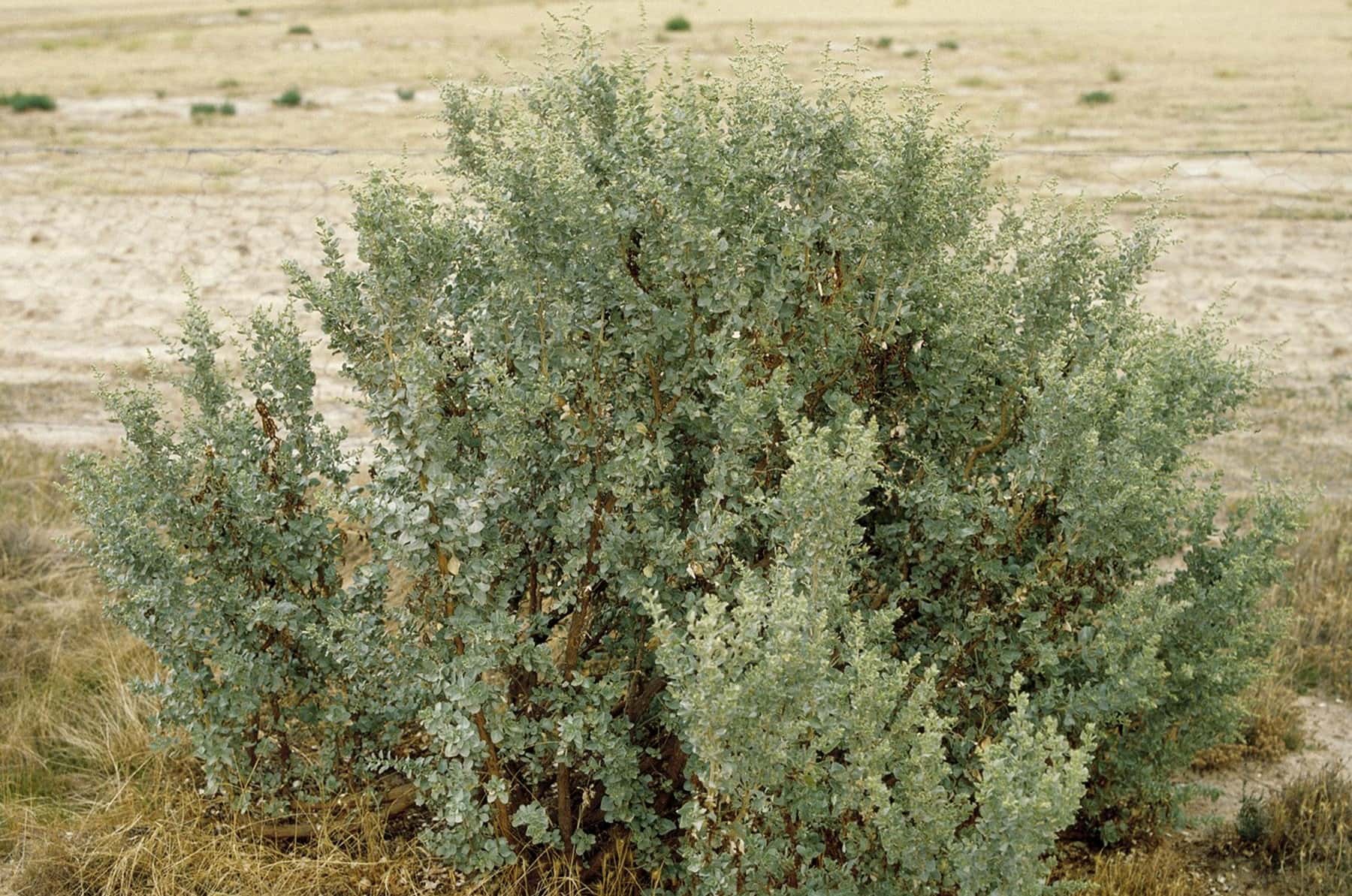
Saltbush is a fascinating plant that thrives in some of the harshest environments on Earth. Known for its resilience, this hardy shrub can survive in salty soils where most other plants would wither. But what makes saltbush so special? Saltbush is not just a survivor; it's a vital part of many ecosystems, providing food and shelter for wildlife. Farmers also value it for its ability to reclaim degraded lands. Plus, it’s edible! Yes, you can actually eat saltbush leaves, which are packed with nutrients. Curious to learn more? Here are 15 intriguing facts about this amazing plant.
Key Takeaways:
- Saltbush is a resilient plant that thrives in salty soil, making it valuable for reclaiming degraded lands and providing food for animals and humans.
- Saltbush benefits the environment by preventing soil erosion, improving soil fertility, and providing habitat for wildlife, while also showing potential in sustainable agriculture practices.
What is Saltbush?
Saltbush, a resilient plant, thrives in harsh environments. Known for its salt tolerance, it plays a crucial role in ecosystems. Here are some fascinating facts about this remarkable plant.
-
Saltbush belongs to the genus Atriplex, which includes over 250 species. These plants are found in arid and semi-arid regions worldwide.
-
Saltbush leaves are often covered in tiny, salt-excreting glands. This unique feature helps the plant manage high salt levels in the soil.
-
Saltbush can grow in soils with high salinity, making it a valuable plant for reclaiming degraded lands.
Saltbush and Its Uses
Saltbush isn't just a hardy survivor; it has practical uses too. From agriculture to cuisine, this plant offers numerous benefits.
-
Saltbush is used as forage for livestock. Its high protein content makes it a nutritious food source for animals in arid regions.
-
Saltbush leaves are edible for humans. They can be used in salads, soups, and as a seasoning, adding a salty flavor to dishes.
-
Saltbush is used in traditional medicine. Indigenous peoples have used it to treat various ailments, including digestive issues and skin conditions.
Environmental Benefits of Saltbush
Saltbush plays a significant role in maintaining ecological balance. Its presence benefits the environment in several ways.
-
Saltbush helps prevent soil erosion. Its extensive root system stabilizes the soil, reducing the risk of erosion in arid areas.
-
Saltbush improves soil fertility. As it grows, it adds organic matter to the soil, enhancing its quality over time.
-
Saltbush provides habitat for wildlife. Birds, insects, and small mammals find shelter and food among its branches.
Saltbush in Agriculture
Farmers and researchers have recognized the potential of saltbush in sustainable agriculture. Its unique properties make it an asset in various farming practices.
-
Saltbush can be used in crop rotation. Planting saltbush between crop cycles helps improve soil health and reduce pest populations.
-
Saltbush is drought-resistant. Its ability to thrive with minimal water makes it an ideal crop for regions facing water scarcity.
-
Saltbush can be used for phytoremediation. This process involves using plants to remove contaminants from the soil, and saltbush is particularly effective at absorbing heavy metals.
Interesting Facts About Saltbush
Beyond its practical uses, saltbush has some intriguing characteristics that make it a plant worth knowing.
-
Saltbush can survive extreme temperatures. It can withstand both scorching heat and freezing cold, making it one of the most resilient plants.
-
Saltbush has a long lifespan. Some species can live for over 50 years, providing long-term benefits to the environment.
-
Saltbush has inspired scientific research. Studies on its salt tolerance mechanisms have led to advancements in understanding plant resilience and adaptation.
Saltbush: Nature's Hidden Gem
Saltbush isn't just another plant. Its nutritional value, environmental benefits, and versatility make it a standout. From providing livestock feed in arid regions to being a culinary delight for adventurous chefs, saltbush has proven its worth. It's a resilient plant that thrives where others fail, helping to combat soil erosion and salinity. Plus, its medicinal properties have been valued for centuries.
Understanding saltbush's role in sustainable agriculture and biodiversity highlights its importance. This humble plant offers a lot more than meets the eye. Whether you're a farmer, a cook, or just someone interested in nature's wonders, saltbush deserves your attention. Embrace its potential and see how this unassuming shrub can make a big difference.
Frequently Asked Questions
Was this page helpful?
Our commitment to delivering trustworthy and engaging content is at the heart of what we do. Each fact on our site is contributed by real users like you, bringing a wealth of diverse insights and information. To ensure the highest standards of accuracy and reliability, our dedicated editors meticulously review each submission. This process guarantees that the facts we share are not only fascinating but also credible. Trust in our commitment to quality and authenticity as you explore and learn with us.


